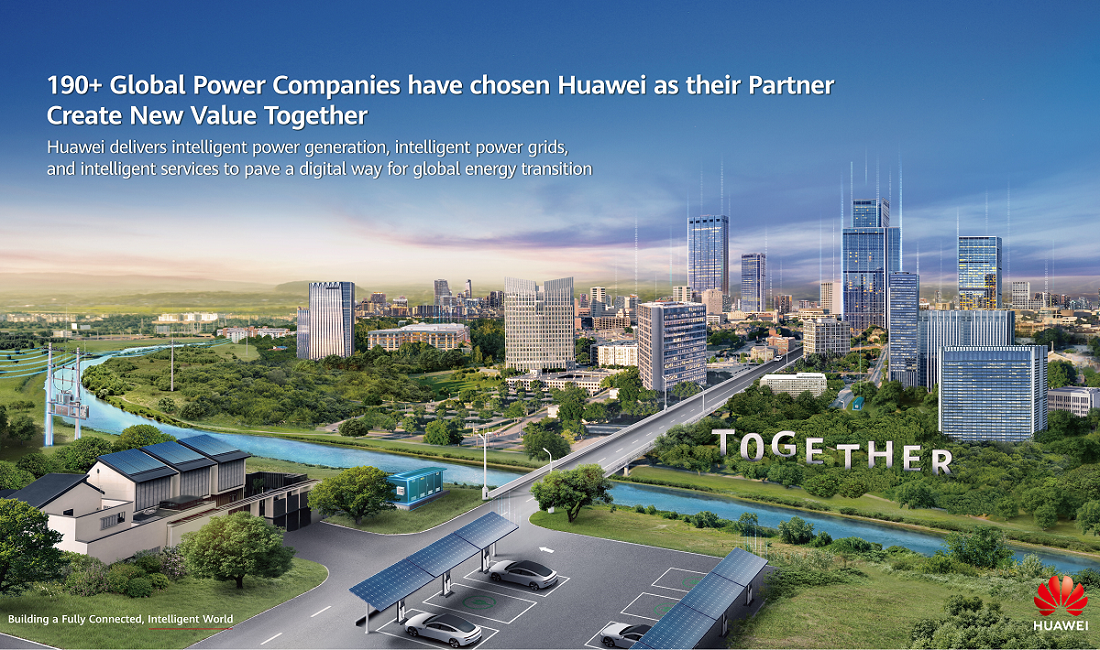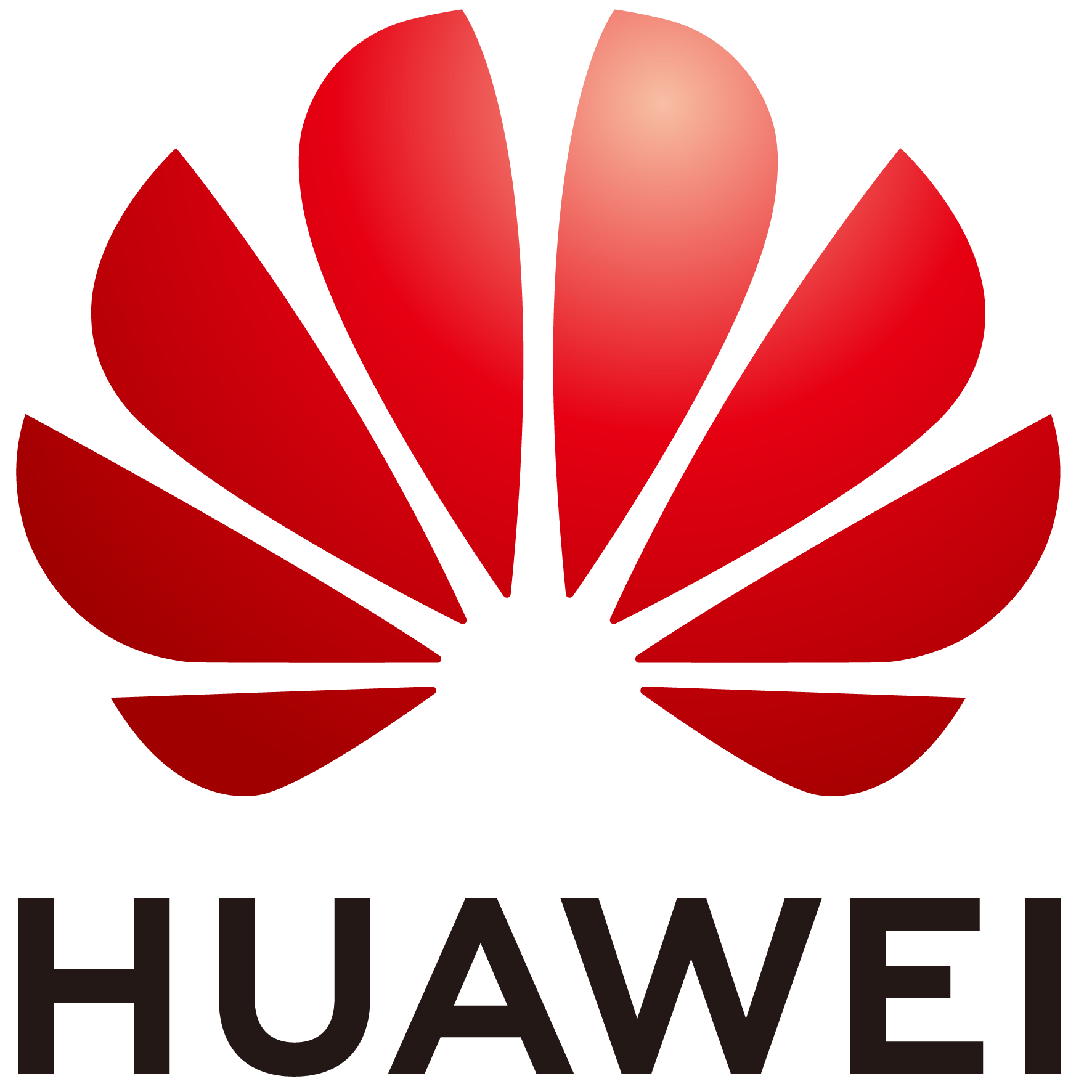
Connecting millions of households in the ‘last mile’ , the central challenge in modern power distribution is optimising efficiency while ensuring reliability and sustainability. However, complex issues arise where traditional grid infrastructure struggles to cope with the dynamic demands of contemporary energy consumption and the integration of renewable energy sources. This issue is increasingly important to solve as the world shifts towards greater reliance on renewable energy, demand from electric vehicles rises, and new storage technologies provide power back to the grid.
The world is witnessing growth in these new technologies and systems. Yet this growth brings its own set of trials, particularly with power distribution in medium and low voltage areas, when it comes to monitoring supply and fixing faults quickly. Central to these challenges is the unpredictable nature of wind and solar energy and the transition from traditional centralised systems to more decentralised models. Global power grids must accommodate and balance these new power sources, often hindered by limited capacity and operational visibility for demand and supply.
Compounding these issues, infrastructure developments like energy storage capabilities lag behind current demand cycles, with solution requirements that span from immediate response to seasonal adjustments not yet matured and readily available. Innovative business solutions and technology models, including vehicle-to-grid systems and microgrids, are also still in their infancy.
The consequence? Generation curtailment, grid congestion, and grid inertia are posing significant hurdles to power grids initially not designed for such dynamic resources. In some areas, the existing ageing infrastructure, coupled with restricted investment capabilities, has led to compromised reliability.
Therefore, it is imperative to build an intelligent power distribution network to harness digital power distribution.
Edge-Cloud IoT: A strategic response to power grid challenges
IoT technology offers a transformative solution to these challenges. By embedding sensors and smart devices throughout the power grid, IoT enables real-time monitoring and control of the power distribution network. Rising to the challenge, Huawei, in collaboration with State Grid Shaanxi and more than 20 utility partners, have crafted a sophisticated IoT solution for power distribution network management. This solution pivots towards harnessing grid intelligence, optimising power flow, and managing burgeoning data volumes more effectively at the grid’s edge – reducing dependence on centralised control centres.
The solution’s architecture, dubbed ‘cloud-pipe-edge-pipe-device,’ is crafted to lay the digital groundwork for future intelligent networks and serve various power distribution scenarios.
At the ‘device’ level, a vast and growing array of instruments are integrated, including smart meters, branch leakage protectors, and master meters. Smart meters and home energy management systems exemplify how IoT devices give consumers greater control and insight into their energy consumption, leading to more responsible usage patterns.
The ‘pipe’ layer introduces high-speed power line carriers and radio frequencies to foster intelligent connectivity among multiple devices, enabling adjustable and measurable low-voltage power distribution networks. This layer enables efficient fault localisation and proactive power outage reporting – enhancing reliability.
At the ‘edge,’ smart distribution transformer terminals equipped with high-performance cores are deployed. These terminals aggregate data from various grid and end-user devices, forming a dynamic system platform that supports on-demand app installation. Edge processing enables real-time decision-making at the grid’s edge. By analysing data locally, edge devices can identify and respond to anomalies promptly, preventing potential outages and disruptions.
The ‘pipe’ layer also ensures the connectivity of these terminals to the cloud orchestration platform, offering multiple communication options, including private and public wireless networks, to maintain online availability.
The ‘cloud’ layer features a development platform that simplifies app creation, allowing power companies to rapidly adapt to changing network needs. This layer integrates diverse data sources, providing a comprehensive view of the transformer district – improving operational and maintenance efficiency.
This architecture facilitates analysis, and utilisation of data on the edge, enabling real-time monitoring and control of power distribution. By integrating this suite of advanced technologies, Huawei’s IoT solution is empowering utility providers to optimise, enhance, and streamline power distribution processes.
Empowering active management and enhanced grid security
The benefits of IoT-driven power distribution management extend beyond operational efficiency. IoT solutions can enhance power supply reliability by proactively identifying and addressing potential issues before they escalate into outages.
With Huawei’s IoT solution, power outage detection and response times have been significantly reduced, shifting from over four hours to potentially just 25 minutes. Managers now proactively monitor transformer districts, setting thresholds to pre-emptively address issues, thus bolstering reliability and reducing faults.
Moreover, the solution’s ability to collect and analyse real-time current and voltage data aids to combat power theft and protect grid assets.
Proven success and future prospects
Already implemented across several provinces in China, including Shaanxi, this IoT solution has revolutionised the management of over 100,000 distribution transformer districts. The technology has markedly improved digital management and the safety of distribution networks, heightening customer satisfaction.
By leveraging its digital transformation prowess in the electricity sector, Huawei continues to drive the advancement of intelligent power distribution networks. Its commitment to collaborative innovation with partners and customers is setting a new standard in the realm of power distribution IoT, heralding a future of smarter, more efficient energy management.
Overall, the integration of IoT into power distribution not only addresses current challenges but also lays the groundwork for a more resilient, efficient, and sustainable energy future. By leveraging the power of real-time data and connectivity, IoT transforms how energy is distributed and consumed, marking a pivotal step in the evolution of smart and sustainable living.


